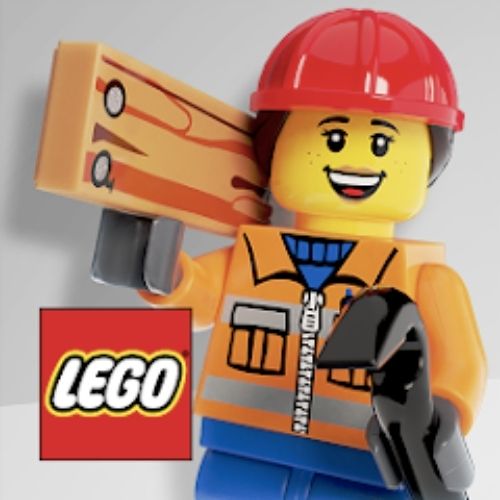What is LEGO Therapy?
LEGO Therapy is a game-changing approach for children with autism and other developmental disabilities. It uses LEGO blocks to help children learn and develop skills through play, which can improve their social and communication abilities.
The therapy was developed by Danish therapist Ole Kirk Christiansen in the late 1990s. He noticed that autistic children were often interested in building things with LEGO bricks, but found that they had difficulty following instructions or completing tasks independently. So he designed games specifically for these children, which helped them to develop important life skills like problem solving, teamwork, and creative thinking.
How does LEGO Therapy work?
LEGO Therapy is a game-changing approach for children with autism and more. It uses LEGO bricks to help kids connect with their emotions and build skills that will help them socialize and communicate better.
LEGO Therapy was created by Dr. Böglund in the 1990s. He noticed that children with autism had trouble communicating and interacting with other people. They often found it difficult to share their thoughts and feelings, which made it hard for them to develop relationships or learn from interactions.

Benefits of LEGO Therapy for Children with Autism and other Challenges
LEGO therapy provides a fun, interactive experience for children with autism and other challenges. The therapeutic benefits of LEGO therapy are numerous and include:
1. Increased social interaction.
2. Improved communication skills.
3. Developing problem-solving skills.
4. Expanding creativity and imagination.
Conclusion
LEGO therapy is an interactive approach that uses LEGO blocks to promote social and motor skills in children with autism and other developmental delays. Through play, LEGO therapists help children build relationships, communicate their needs and develop problem-solving skills. While this approach has shown great success in the past, there is still much to be learned about how best to use LEGO therapy for children with autism. By exploring the power of LEGO therapy, we can help more kids achieve their fullest potential.



